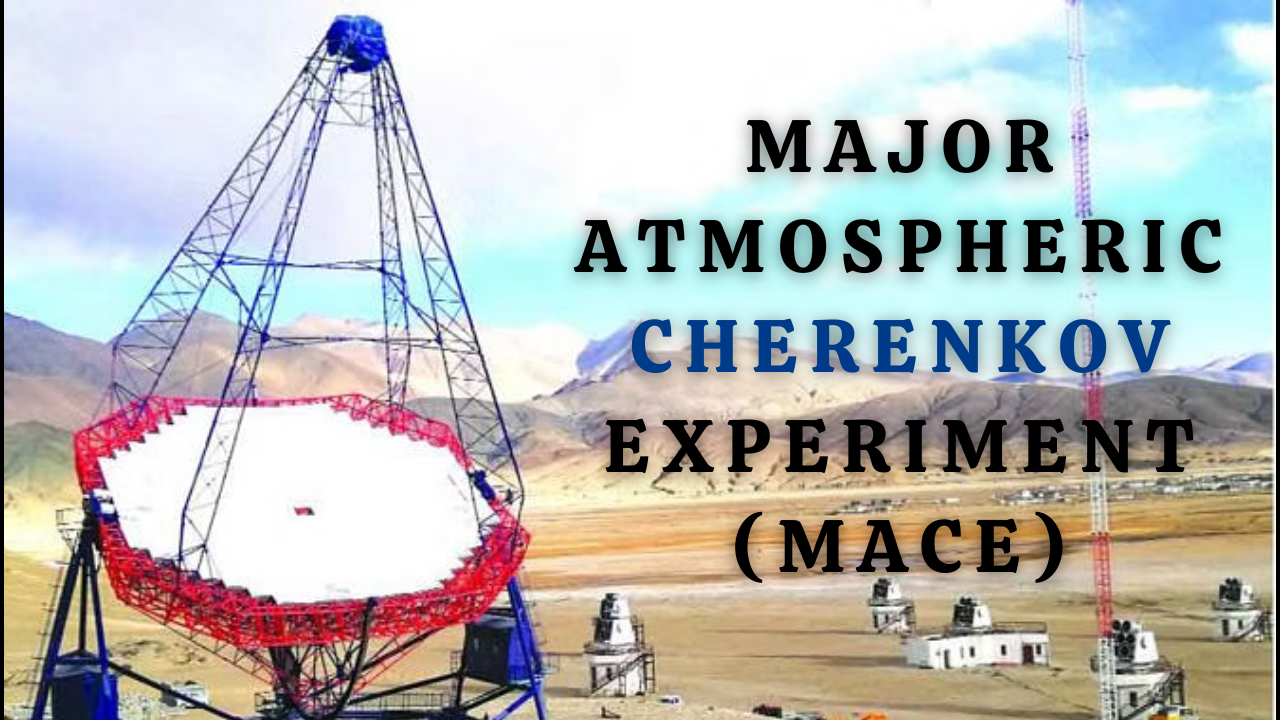Font size:
Print
Chang’e-6
Context:
China National Space Administration (CNSA) launched the Chang’e-6 lunar probe to collect samples from the far side of the moon.
More on News:
- It was launched from China’s Wenchang Space Launch Site through Long March 5 rocket.
- If the mission successfully collects and returns samples it could change our understanding of the early history of the Earth, the Moon, and the Solar System.
Key Highlights:
- The mission consists of a 53-day journey with a lunar orbiter, lander, ascent spacecraft, and reentry module.
- The goal is to collect up to 2,000 grams of lunar samples by descending to a depth of two meters.
SPA Basin
- South Pole-Aitken Basin is the largest, oldest, and deepest impact crater on the Moon.
- It is 2,500 km in diameter and 6.2–8.2 km deep.
- The mission will collect samples from the SPA basin and provide valuable information about the Moon’s early geological history and composition.
Collaboration and Future Endeavours:
- Scientific equipment from France, Italy, the European Space Agency/Sweden, and payloads from Pakistan are part of this mission.
- Chang’e-6 is part of China’s broader lunar exploration goal.
- Future Missions: Chang’e-7 in 2026 and Chang’e-8 around 2028.
- China has announced plans for a manned lunar landing by 2030 to establish a permanent lunar base, known as the International Lunar Research Station (ILRS) programme.
India showed its technological power and leadership in space exploration with the first successful landing near the Moon’s South Pole with Chandrayaan-3.



